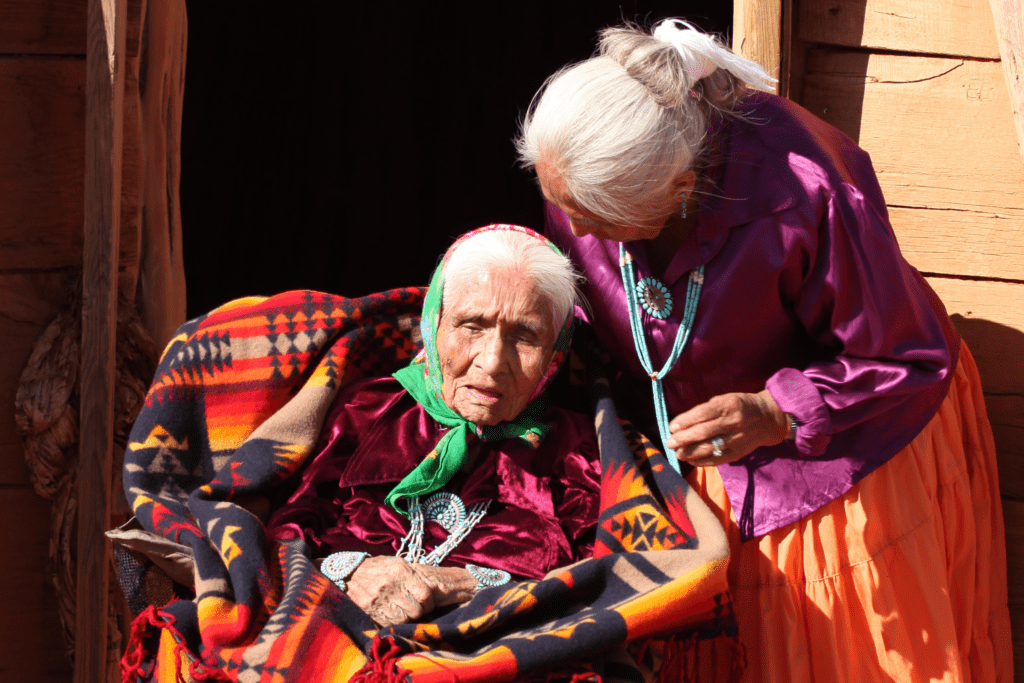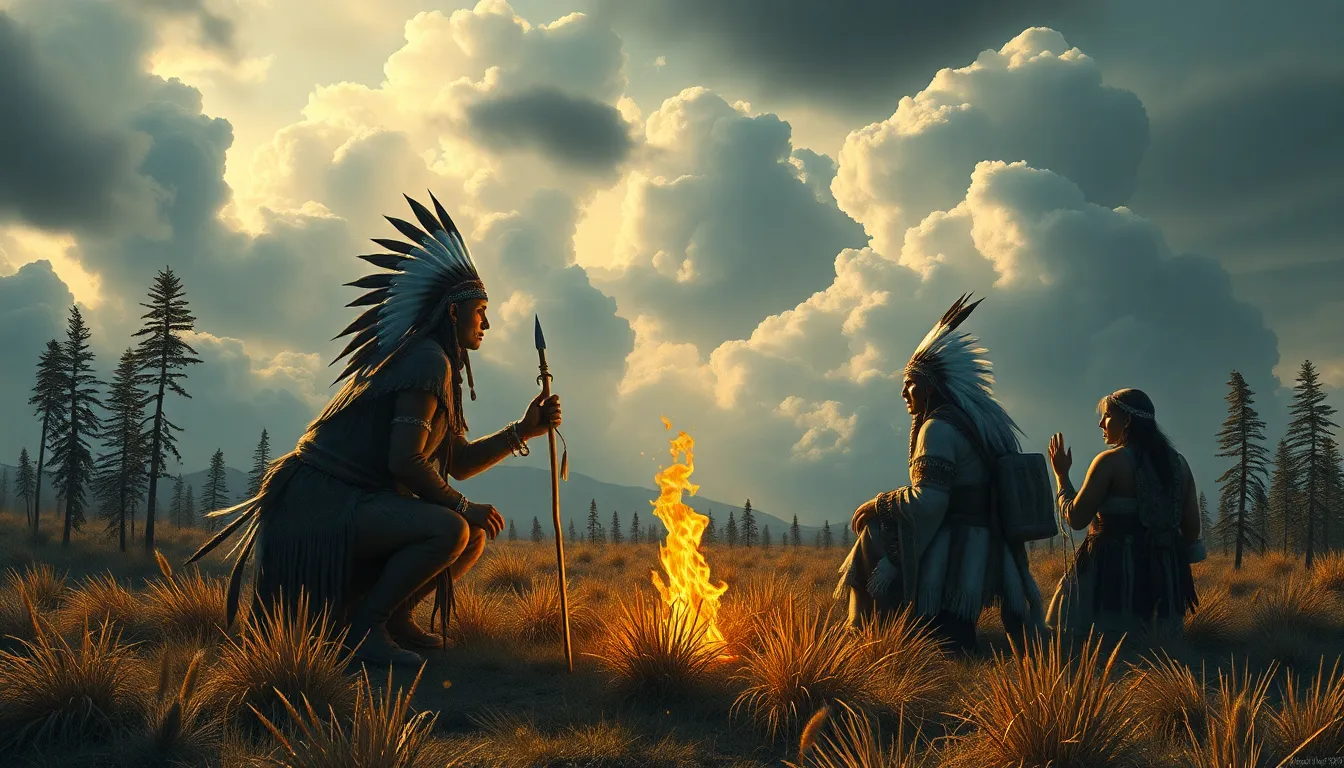
Okay, here is a 1200-word journalistic article in English about the role of elders in preserving Native American history.
The Living Libraries: How Elders Preserve Native American History
By
In the vast, intricate tapestry of human history, few threads are as vibrant, yet as vulnerable, as those woven by the Indigenous peoples of North America. Their narratives, stretching back millennia, are not merely tales of the past; they are living blueprints for identity, spirituality, and connection to the land. At the very heart of preserving these invaluable legacies stand the elders – the grandmothers and grandfathers, the aunties and uncles, who embody the wisdom, resilience, and memory of their nations. They are the living libraries, the breathing archives, whose voices carry the weight and beauty of generations.
For centuries, Native American history was primarily an oral tradition. Before the advent of written languages or the imposition of European systems, knowledge was passed down through stories, songs, ceremonies, and hands-on teaching. Elders were, and largely remain, the primary conduits of this information. They are the keepers of creation myths, migration routes, tribal laws, healing practices, and the intricate genealogies that define family and community. Their minds hold the nuances of language, the protocols of sacred rituals, and the lessons learned through triumphs and profound sorrows.

"Our history isn’t just in books; it’s in our breath, in the stories we tell, in the land we walk, and especially in the wisdom of our elders," explains Leanne Howe (Choctaw), a renowned author and scholar. "They are the ones who carry the songs and the prayers that have sustained us through everything."
The Oral Tradition: More Than Just Stories
The oral tradition is far more than a simple recounting of facts. It is an immersive, performative act that engages the listener emotionally, spiritually, and intellectually. Elders meticulously transmit narratives that are often layered with metaphor, humor, and deep philosophical insights. These stories are not static; they are dynamic, adapted to the specific context and audience, yet retaining their core truths.
Consider the "Winter Counts" of the Lakota and other Plains tribes. These pictorial calendars, often painted on hides, were mnemonic devices used by designated keepers (often elders) to record the significant events of each year. Each symbol represented a major happening – a harsh winter, a successful hunt, a treaty signing, or a significant birth. While the symbols themselves were concise, the elder keeper would elaborate on each event, providing the rich details, personal anecdotes, and collective memories associated with it. This allowed for a detailed, annual historical record to be maintained and passed down orally, generation after generation, anchoring the community to its past.
Similarly, the Wampum belts of the Northeastern Woodlands tribes, particularly the Haudenosaunee (Iroquois Confederacy), serve as sophisticated historical documents. Woven with intricate patterns of white and purple shell beads, each belt commemorates treaties, alliances, and significant historical events. The patterns are not merely decorative; they are mnemonic devices that an elder "reader" can interpret, recounting the precise agreements, speeches, and historical context encoded within the belt. The Guswenta, or Two Row Wampum, for example, symbolizes a foundational agreement between the Haudenosaunee and European settlers, representing two parallel paths—each nation maintaining its own laws, customs, and sovereignty, never to interfere with the other. The elder’s ability to "read" these belts ensures that the historical understanding of these agreements remains accurate and alive.
Language: The Soul of a People
Perhaps no aspect of Native American culture is more intertwined with history than language. Each Indigenous language is a unique worldview, a repository of thousands of years of observation, philosophy, and connection to a specific landscape. The elders are often the last fluent speakers of these critically endangered languages.
The importance of language was powerfully demonstrated during World War II with the Navajo Code Talkers. These young Navajo men used their complex, unwritten language to create an unbreakable code that was instrumental in the Pacific theater. Their language, once suppressed by government policies, became a strategic weapon. Today, the legacy of the Code Talkers underscores the immense value of Native languages, and elders are at the forefront of efforts to revitalize them.
"When an elder passes, it’s like a library burning down," laments a community leader from the Cherokee Nation. "With each fluent speaker, we lose not just words, but the stories, the songs, the prayers, the way of thinking that shaped our ancestors for millennia." Elders tirelessly work in language immersion programs, teach grandchildren, and contribute to dictionaries and teaching materials, striving to ensure their linguistic heritage endures.

Ceremonies and Sacred Practices: Embodied History
History in many Native cultures is not confined to narratives; it is lived and re-enacted through ceremonies and sacred practices. These rituals often commemorate ancient events, honor ancestors, or mark significant passages of life, directly linking contemporary participants to their historical and spiritual roots. Elders are the primary custodians of these practices, understanding the intricate protocols, songs, dances, and spiritual significance that must be maintained with precision and reverence.
From the elaborate Potlatch ceremonies of the Pacific Northwest, which traditionally validated social status and redistributed wealth while recounting ancestral lineages, to the Sun Dances of the Plains tribes, which are profound expressions of spiritual devotion and community cohesion, elders guide the younger generations. They teach the proper way to prepare for and participate in these events, ensuring that the historical memory and spiritual power embedded within them are preserved. The continuity of these practices is vital for maintaining cultural identity and collective well-being.
Crafts, Arts, and Traditional Skills: Tangible Narratives
Beyond words and rituals, elders also preserve history through traditional crafts and skills. Basket weaving, pottery, beadwork, quillwork, carving, and regalia making are not just artistic expressions; they are tangible manifestations of history, environment, and identity. Each pattern, material choice, and technique often carries specific historical or spiritual meaning.
An elder teaching a young person to weave a traditional basket is not just imparting a skill; they are passing on knowledge about local plants, sustainable harvesting practices, and the stories associated with specific designs that may have been passed down for generations. The intricate beadwork on a ceremonial outfit might depict clan symbols, historical battles, or significant events, each stitch a testament to a collective past.
Challenges and Threats to Preservation
The role of elders in preserving history has been critically challenged by centuries of colonialism, forced assimilation, and cultural suppression. The devastating legacy of Indian boarding schools, which forcibly removed Native children from their families and forbade them from speaking their languages or practicing their traditions, created a profound breach in intergenerational knowledge transfer. Many of those who attended these schools became estranged from their heritage, and the trauma continues to impact communities.
Today, while direct suppression has largely ceased, modern influences like urbanization, mainstream media, and the rapid pace of contemporary life continue to threaten traditional knowledge. The declining number of fluent elders, particularly for smaller tribal nations, creates an urgent need for robust preservation and revitalization efforts.
Resilience and Revitalization: The Elders’ Enduring Spirit
Despite these formidable challenges, Native American elders continue to demonstrate incredible resilience and dedication. They are actively engaged in innovative ways to bridge the gap between tradition and modernity. Many work with cultural centers, tribal colleges, and even mainstream universities to document languages, record oral histories, and teach traditional arts. They embrace technology, using video, audio recordings, and digital platforms to ensure their knowledge reaches wider audiences and future generations.
"It’s a race against time," says an elder from the Pueblo of Acoma, who now teaches pottery to her great-grandchildren. "But we are not giving up. Our ancestors fought for us to be here, and it is our duty to make sure their stories, their wisdom, are never forgotten."
The Call to Listen
The profound role of Native American elders in preserving history extends far beyond their own communities. Their knowledge offers invaluable perspectives on sustainable living, ecological stewardship, community governance, and human resilience that are relevant to all of humanity. Listening to and respecting their wisdom is not just an act of cultural preservation; it is an act of reconciliation and an opportunity for all Americans to understand a fuller, more honest account of their shared history.
As the sun sets on another generation of knowledge keepers, the urgency to support and honor these living libraries grows. Their voices are the echoes of a profound past, the heartbeat of a vibrant present, and the guiding light for a resilient future. To lose their stories is to lose an irreplaceable part of human heritage. To cherish them is to ensure that the wisdom of millennia continues to inspire and instruct, weaving new, strong threads into the enduring tapestry of history.


